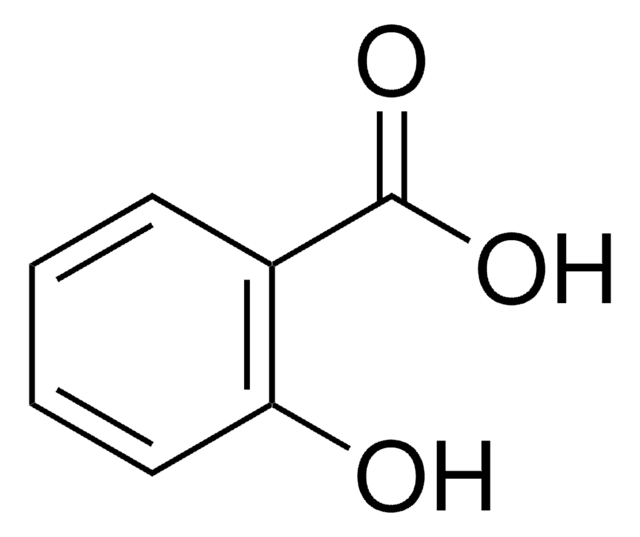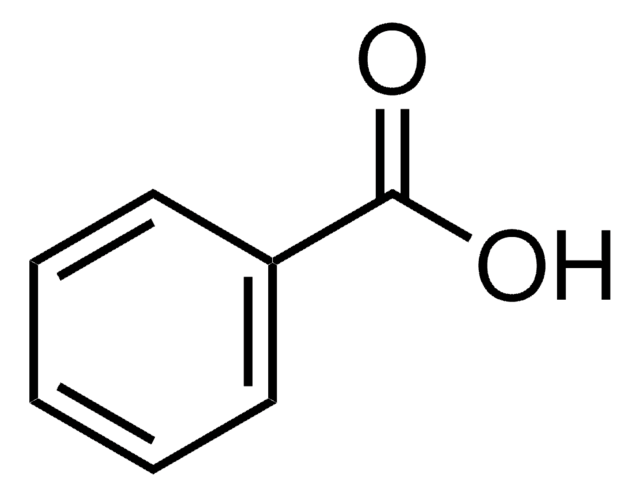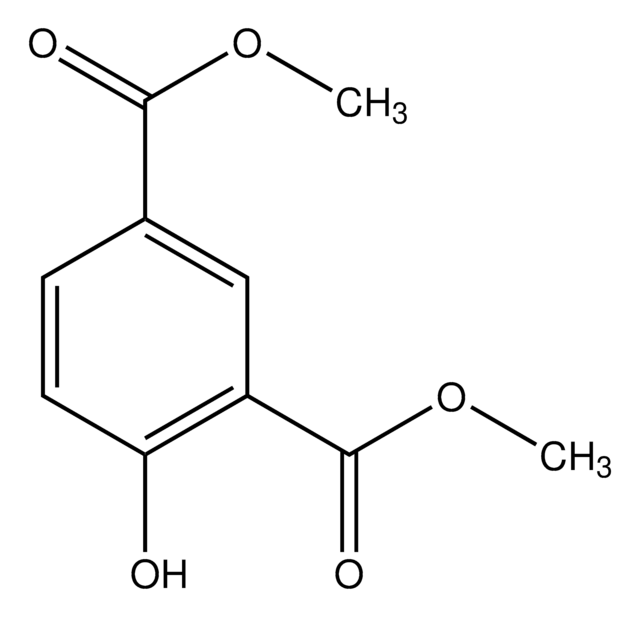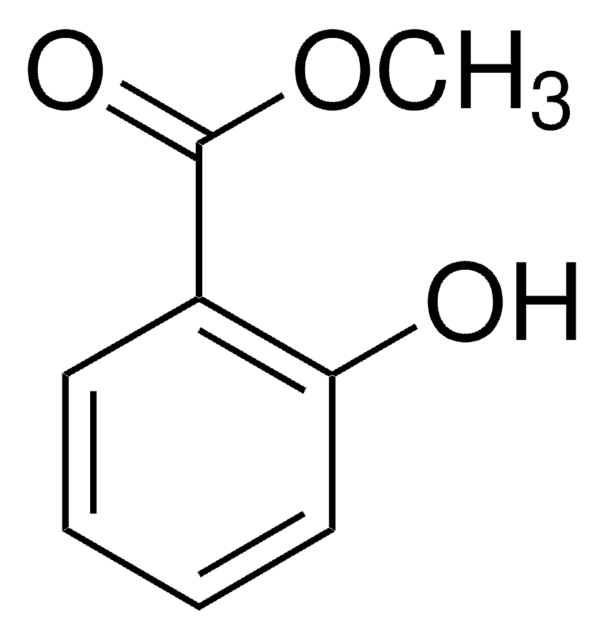904406
Silica
monodisperse, non-porous, 750 nm
Synonym(s):
Monodisperse silicon dioxide, Non-porous silica, Non-porous silicon dioxide, Silica, Silicon dioxide
Select a Size
About This Item
Recommended Products
form
powder
bp
2230 °C (lit.)
mp
>1600 °C (lit.)
SMILES string
O=[Si]=O
InChI
1S/O2Si/c1-3-2
InChI key
VYPSYNLAJGMNEJ-UHFFFAOYSA-N
Looking for similar products? Visit Product Comparison Guide
Related Categories
1 of 4
This Item | 904430 | 904422 | 904414 |
|---|---|---|---|
| form powder | form powder | form powder | form powder |
| mp >1600 °C (lit.) | mp >1600 °C (lit.) | mp >1600 °C (lit.) | mp >1600 °C (lit.) |
| bp 2230 °C (lit.) | bp 2230 °C (lit.) | bp 2230 °C (lit.) | bp 2230 °C (lit.) |
Application
Storage Class Code
11 - Combustible Solids
WGK
nwg
Flash Point(F)
Not applicable
Flash Point(C)
Not applicable
Choose from one of the most recent versions:
Certificates of Analysis (COA)
It looks like we've run into a problem, but you can still download Certificates of Analysis from our Documents section.
If you need assistance, please contact Customer Support
Already Own This Product?
Find documentation for the products that you have recently purchased in the Document Library.
Customers Also Viewed
Protocols
Separation of Acetylsalicylic acid, analytical standard; Salicylic acid, BioXtra, ≥99.0%
Separation of Salicylic acid, meets analytical specification of Ph. Eur., BP, USP, 99.5-100.5% (calc. to the dried substance); Acetylsalicylic acid, purum, ≥99.0% (HPLC)
Separation of 4-Hydroxybenzoic acid; Acetylsalicylic acid; Benzoic acid; Salicylic acid; Ethyl 4-hydroxybenzoate
HPLC Analysis of Benzoic Acid Derivatives on Ascentis® C18
Our team of scientists has experience in all areas of research including Life Science, Material Science, Chemical Synthesis, Chromatography, Analytical and many others.
Contact Technical Service








